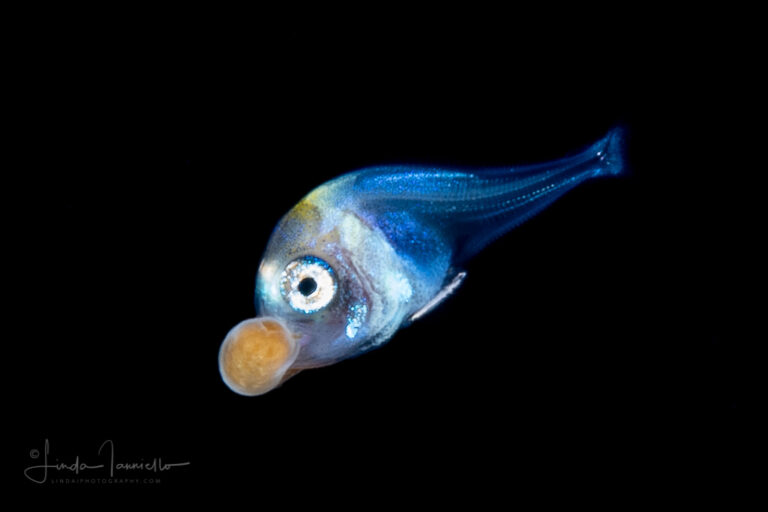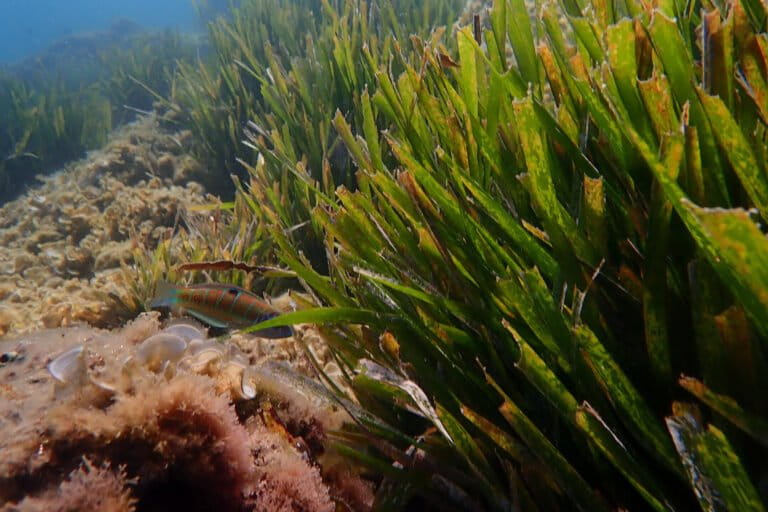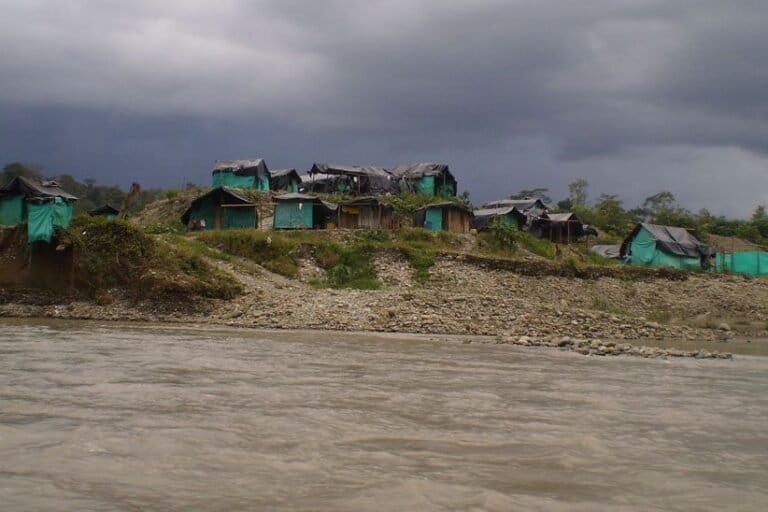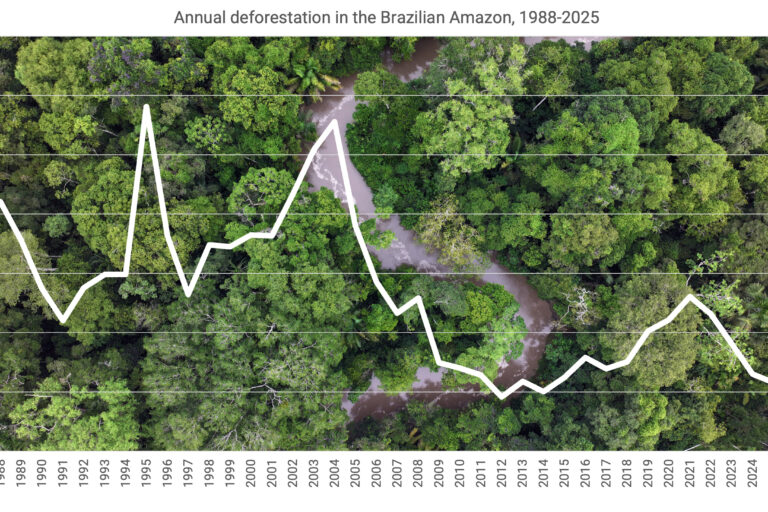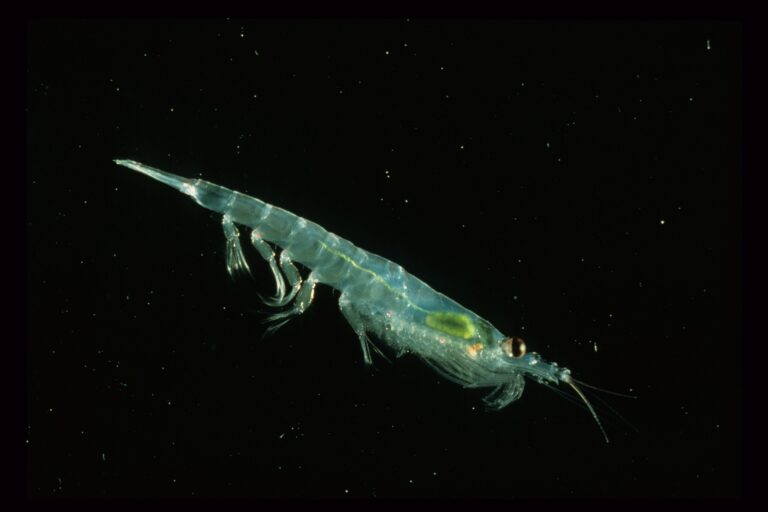- New research suggests humans reached Madagascar far earlier than previously thought.
- The study, published today in the journal Science Advances, is based on analysis of giant elephant bird bones discovered in 2009.
- Those bones showed “chop marks, cut marks, and depression fractures consistent with immobilization and dismemberment” by prehistoric humans.
- Until now, the earliest documented evidence of humans in Madagascar dated to 2,400-4,000 years ago.
New research suggests humans reached Madagascar far earlier than previously thought.
The study, published today in the journal Science Advances, is based on analysis of giant elephant bird bones discovered in 2009. Those bones showed “chop marks, cut marks, and depression fractures consistent with immobilization and dismemberment” by prehistoric humans.


Beyond revealing new information about early human migrations, the findings are significant because they seem to indicate that Madagascar’s megafauna wasn’t driven to extinction by the first wave of humans that reached the island.
“We already know that Madagascar’s megafauna – elephant birds, hippos, giant tortoises and giant lemurs – became extinct less than 1,000 years ago. There are a number of theories about why this occurred, but the extent of human involvement hasn’t been clear,” lead author James Hansford from Zoological Society of London’s Institute of Zoology said via a press release.
“Our research provides evidence of human activity in Madagascar more than 6,000 years earlier than previously suspected – which demonstrates that a radically different extinction theory is required to understand the huge biodiversity loss that has occurred on the island. Humans seem to have coexisted with elephant birds and other now-extinct species for over 9,000 years, apparently with limited negative impact on biodiversity for most of this period, which offers new insights for conservation today.”
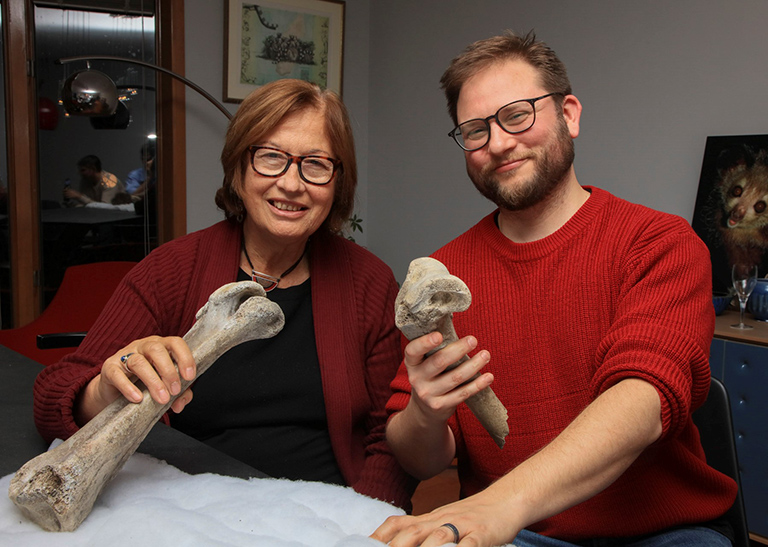
Until now, the earliest documented evidence of humans in Madagascar dated to 2,400-4,000 years ago. Other research has indicated that Madagascar’s first settlers were most likely from southeast Asia, having sailed in boats from Borneo across the Indian Ocean, rather than coming across the Mozambique channel from mainland Africa. The new study however suggests Madagascar’s pre-history needs to be rewritten.
“This new discovery turns our idea of the first human arrivals on its head. We know that at the end of the Ice Age, when humans were only using stone tools, there were a group of humans that arrived on Madagascar,” said co-author Patricia Wright from Stony Brook University and the Centre Valbio.
“We do not know the origin of these people and won’t until we find further archaeological evidence, but we know there is no evidence of their genes in modern populations. The question remains – who these people were? And when and why did they disappear?”

Header image: Size comparison between the eggs of a chicken (left), an ostrich (center), and an elephant bird (right). Courtesy of the museum at Berenty.
Citation
- J. Hansford, P. C. Wright, A. Rasoamiaramanana, V. R. Pérez, L. R. Godfrey, D. Errickson, T. Thompson, S. T. Turvey, Early Holocene human presence in Madagascar evidenced by exploitation of avian megafauna. Science Advances. 4, eaat6925 (2018). http://advances.sciencemag.org/content/4/9/eaat6925
Disclosure: Mongabay founder Rhett A. Butler serves on the advisory board to Pat Wright’s Centre Valbio.








